Herb Celery Seeds
Herb Celery Seeds (Apium graveolens) is a popular herb and vegetable grown for its crisp stalks, leaves, and seeds. Celery seeds, in particular, have several culinary and medicinal applications. Here’s a comprehensive guide on herb celery seeds:
1. Germination and Planting of Herb Celery Seeds
- Soil: Celery prefers rich, well-drained soil with a neutral pH (around 6.0–7.0). The soil should be moisture-retentive, as celery thrives in consistently damp environments.
- Sowing: Celery seeds are tiny and can take a while to germinate. It’s best to start them indoors 10–12 weeks before the last frost.
- Planting Depth: Seeds should be sown shallowly, about 1/8 inch (3 mm) deep. It helps to lightly press them into the soil rather than fully covering them, as they need light to germinate.
- Temperature: Ideal germination occurs at 70–75°F (21–24°C). Celery is a cool-season crop and can tolerate some frost, but it doesn’t do well in extreme heat.
- Spacing: Once the seedlings are large enough to handle, transplant them outdoors, spacing the plants about 8–10 inches apart.
2. Growth and Care for Herb Celery Seeds
- Watering: Celery is a heavy feeder and requires regular, consistent watering to prevent the stalks from becoming tough and stringy. The soil should be kept evenly moist but not waterlogged.
- Mulching: Applying mulch around the base of celery plants helps retain moisture and regulate soil temperature, both of which are crucial for healthy growth.
- Fertilization: Celery benefits from regular fertilization with a balanced, nitrogen-rich fertilizer. Organic compost or manure can also be added to the soil throughout the growing season.
- Light: Celery grows best in full sun but can tolerate partial shade, especially in warmer climates where too much heat can cause the plant to bolt (go to seed prematurely).
3. Culinary Uses of Herb Celery Seeds
- Flavor Profile: Celery seeds have a strong, earthy, and slightly bitter flavor, similar to the taste of celery stalks but more concentrated.
- Uses: The seeds are often used as a spice in pickling, salads, sauces, soups, and dressings (like celery salt). They are commonly used in:
- Salad Dressings: Celery seeds are a key ingredient in many vinaigrettes and mayonnaise-based dressings.
- Pickling: Adds a distinctive flavor to pickled vegetables like cucumbers and beets.
- Seasoning Blends: Celery salt, a combination of ground celery seeds and salt, is used to season Bloody Mary cocktails, meats, and vegetables.
- Tea: Celery seed tea is made by steeping the seeds in hot water and is consumed for its potential health benefits.
4. Medicinal Uses of Herb Celery Seeds
- Anti-inflammatory: Celery seeds contain compounds that have been used in traditional medicine to help reduce inflammation and pain, particularly for conditions like arthritis and gout.
- Diuretic: Celery seeds are known for their diuretic properties, which can help the body expel excess fluids and reduce water retention.
- Antioxidant: The seeds contain antioxidant compounds, which may help protect the body from oxidative stress and chronic diseases.
- Blood Pressure Management: Some studies suggest that celery seed extracts may help lower blood pressure by acting as a vasodilator, allowing blood vessels to relax.
5. Harvesting and Collecting Seeds
- When to Harvest Celery Seeds: Celery seeds are harvested from the flower heads of the plant once they mature and dry out. This typically happens in the second year for biennial plants (celery often flowers in its second growing season).
- How to Harvest: The seed heads should be cut and placed in a paper bag. Allow them to dry further, then gently rub the seed heads to release the seeds.
- Preservation: Store the seeds in a cool, dry place. They can be ground to make celery salt or used whole in various culinary applications.
6. Growing Tips
- Blanching: Some gardeners choose to blanch celery (cover the stalks with soil or other materials) to make the stalks more tender and less bitter. This is particularly important in varieties grown for their stalks rather than just the seeds.
- Pests: Watch out for pests like aphids, slugs, and leaf miners. Organic solutions like neem oil or introducing beneficial insects (ladybugs) can help control these pests.
- Diseases: Celery can be prone to fungal diseases, such as leaf blight and septoria. Ensuring proper spacing and air circulation can help reduce the risk of these diseases.

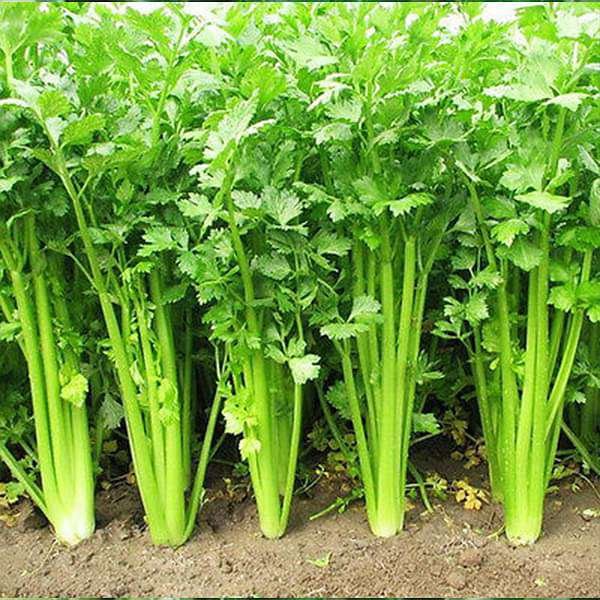

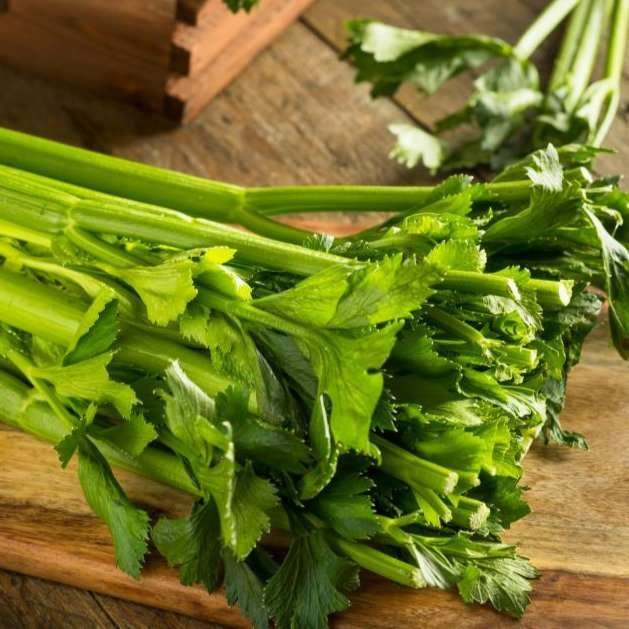
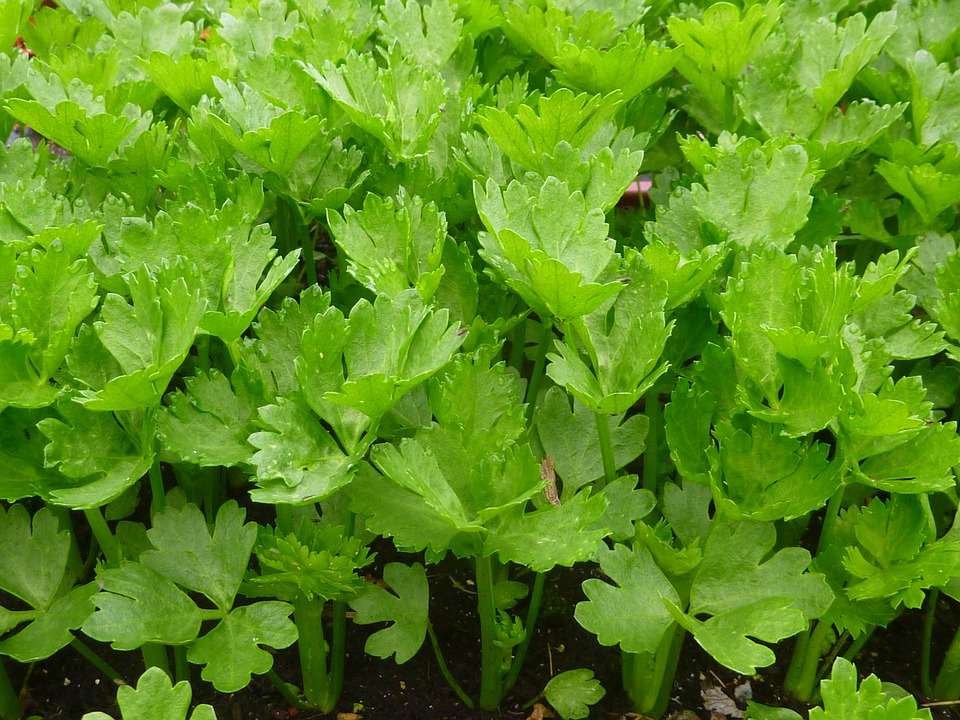
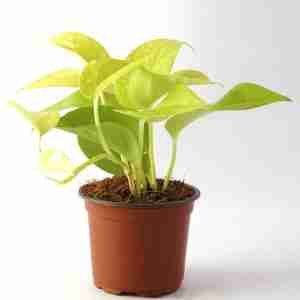
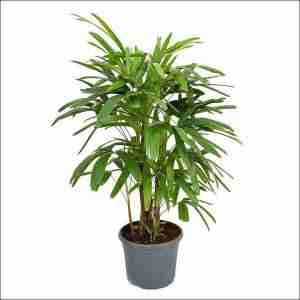
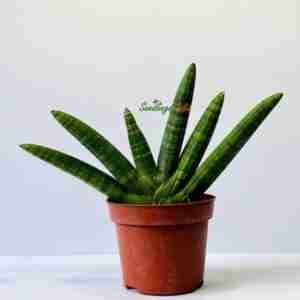

Reviews
There are no reviews yet.